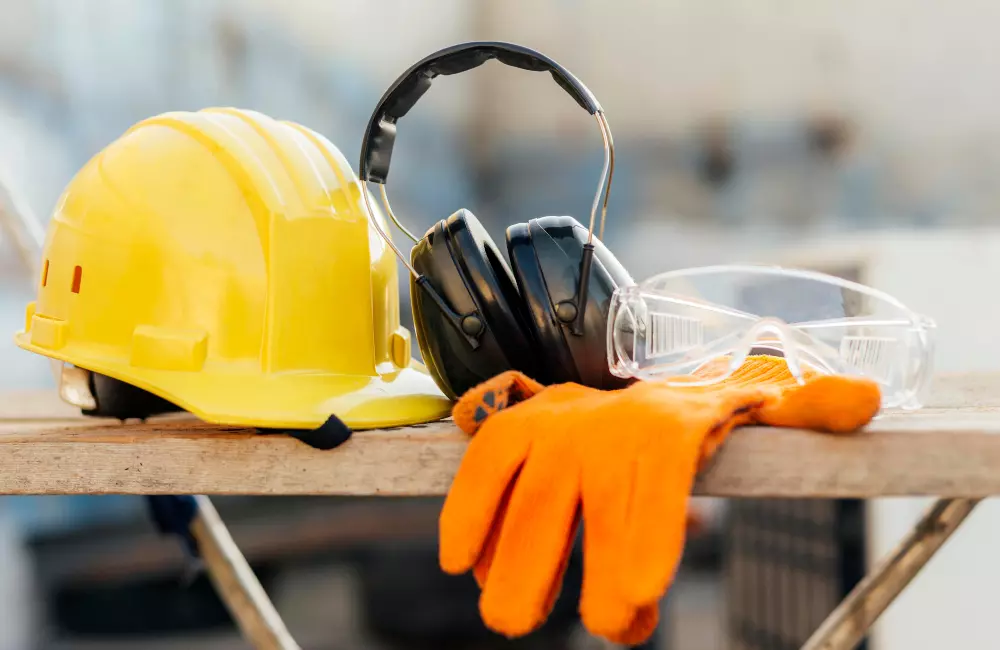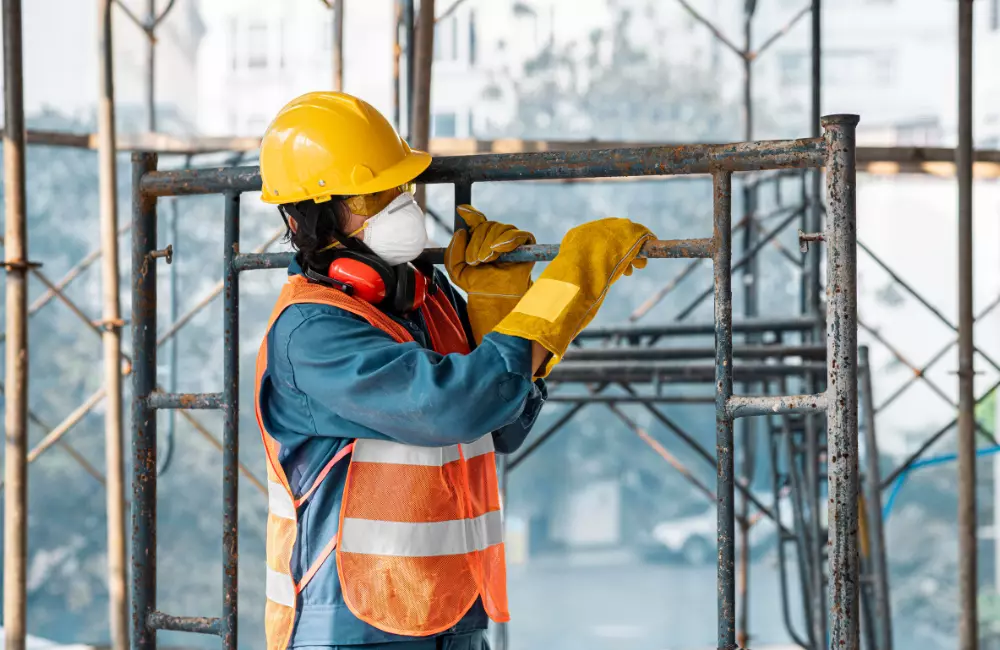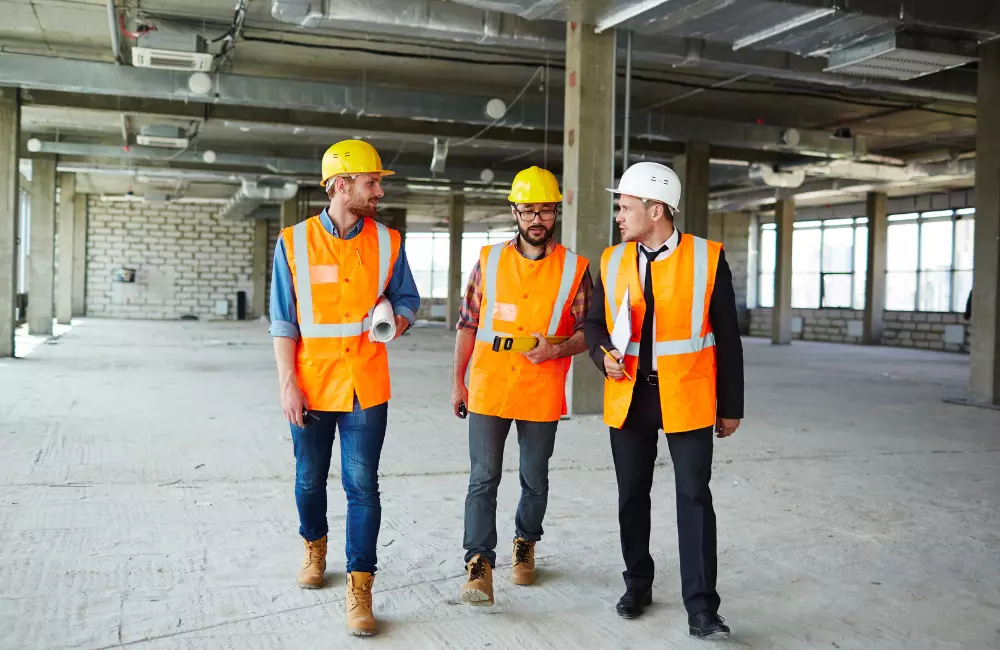
The construction sector is considered one of the most risky in Mexico; in the last ten years alone, more than 31,000 accidents have been registered in this industry alone.
According to data from the Mexican Social Security Institute, from 2012 to 2021 there were approximately 1,846 deaths of construction workers.
Some of the most common occupational hazards are:
- Falls to the same level.
- Blows and cuts.
- Falls to different levels.
- Fall of objects by collapse.
- Entrapment by or between objects.
- Stepping on objects.
- Collisions against moving objects.
- Projection of particles.
- Burial.
- Collisions.
- Risk of fire and explosion.
- Electrical risk.
To avoid as much as possible the incidence of these and other occupational hazards in construction, basic safety standards have been created and must be strictly followed to avoid minor accidents and, of course, extraordinary situations such as fatalities. Developers or persons in charge of construction sites must ensure that they provide their workers with the necessary conditions to safeguard their physical integrity. These conditions, in addition to including all types of employees entering the construction site, must also cover visitors.
These measures are divided into 4:

1. Safety and Hygiene Measures for Workers
In the work areas some activities imply a lack of hygiene, so workers must recognize, evaluate, and control the agents to which they are exposed to prevent discomfort or illness. It is essential to have drinking water for hand washing, a specific place to store tools and equipment, a container for waste, a bathroom, a clean place for food consumption, and a first aid kit.
2. Safety and Hygiene Measures in Work Areas
Safety and hygiene measures must be promoted and implemented to help guarantee the safe performance of work at the site, such as the use, inspection, cleaning, and maintenance of tools and construction equipment within the work areas, which requires delimiting habitable areas of the site, using basic protective equipment, not accumulating debris, clearing evacuation routes, keeping circulations clear, and storing tools and equipment in a specific place.
3. Basic and Specific Personal Safety Equipment
Personal safety equipment consists of those accessories or elements that are used on-site to protect workers during tasks that represent a greater risk and can damage their health and physical integrity.
Basic equipment: helmet, vest, work clothes, and boots.
Equipment for specific jobs (work at heights, use of tools and electrical equipment, and machinery handling): goggles, face shields, respirator, harness, earplugs, gloves, and overalls.
4. Previsions when carrying out Construction Work
Safety measures for the performance of specific jobs help prevent and reduce the risks to which all participants in the construction site are exposed:
Use of tools and equipment: set aside a special area for each activity, and replace worn cutting elements.
Working at heights: verify that safety equipment is in good condition, delimit the work area, and if scaffolding is used, verify that it is in good condition.
Use of chemical substances: do not smoke near the storage of substances, avoid spills, and store them in a safe place.
In Mexico, these measures are established by the Official Mexican Standard NOM-031-STPS-2011, and their objective is to prevent the risks to which construction workers are exposed, in addition to ensuring an adequate work environment, the correct monitoring of the measures will ensure that the work is completed on time.
Are you looking for construction advice? Contact us to guide you through:

References
- CONAVI (s/f), Medidas Básicas de Seguridad en Obra, https://siesco.conavi.gob.mx/doc/tecnicos/medidas/Medidas
- %20de%20Seguridad%20B%C3%A1sicas%20en%20Obra%20-%20Carteles.pdf
- NORMA Oficial Mexicana NOM-031-STPS-2011, Construcción-Condiciones de seguridad y salud en el trabajo, Secretaría del Trabajo y Previsión Social. Ciudad de México, 2010, [citado 07/11/2023], disponible en https://dof.gob.mx/normasOficiales/4376/stps/stps.htm#:~:text=
- NORMA%20Oficial%20Mexicana%20NOM%2D031,y%20salud%
- 20en%20el%20trabajo&text=Establecer%20las%20condiciones
- %20de%20seguridad,que%20se%20desempe%C3%B1an%20en%
- 20ellas.

